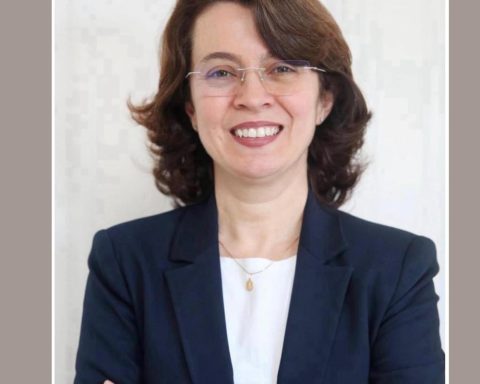The recent rise in the dollar and the uncertainties around inflation and the global economy made the Central Bank (BC) increase the rise in interest rates. Unanimously, the Monetary Policy Committee (Copom) increased the Selic rate, basic interest rates of the economy, at 1 percentage point, to 12.25% per year. The decision surprised the financial market, which expected a 0.75 point elevation.
In a statement, the Copom attributed to the elevation above the expected external uncertainties and the noise caused by the government’s fiscal package. The agency said it will raise the Selic rate by 1 percentage point in the next two meetings, in January and March, if the scenarios are confirmed. The next meetings will be led by the future president of BC, Gabriel Galipolo.
“The committee has been carefully followed how recent fiscal policy developments impact monetary policy and financial assets. The perception of economic agents about the recent fiscal announcement has relevantly affected the prices of assets and the expectations of agents, especially the risk award, inflation expectations and the exchange rate. These impacts have been assessed contribute to a more adverse inflationary dynamics, ”said the statement.
This was the third high in a row of Selic. The rate returned to December last year, when it was 12.25% per year. High consolidates a cycle of contraction in monetary policy.
High consolidates a cycle of contraction in monetary policy. After spending a year at 13.75% per year, between August 2022 and August 2023, the rate had six cuts of 0.5 points and a 0.25 point cut between August and May this year. At meetings, from June and July, the Copom decided to maintain the rate by 10.5% per year, starting to increase Selic at the September meeting, when the rate rose 0.25 point, and November, when it rose 0.5 point .
Inflation
SELIC is the main instrument of the Central Bank to keep official inflation under control, measured by the National Consumer Price Index (IPCA). In November, the Broad National Consumer Price Index (IPCA), considered the official inflation, fell to 0.39%. According to the Brazilian Institute of Geography and Statistics (IBGE), the deceleration was pulled by the green flag in light accounts and the fall in fuels, but the price of food, especially meat, and airline tickets continued to rise.
With the result, the indicator accumulates high of 4.87% in 12 months, above the ceiling of this year’s goal. For 2024, the National Monetary Council (CMN) set an inflation target of 3%, with a tolerance margin of 1.5 percentage point. The IPCA, therefore, could not exceed 4.5% or be below 1.5% this year.
In the last Inflation reportreleased at the end of September by the Central Bank, the monetary authority raised the forecast for 4.31% IPCA in 2024but the estimate may go further to change because of the high dollar and the impact of prolonged drought on prices. The next report will be released at the end of December.
Market predictions are more pessimistic. According to the bulletin Focusweekly research with financial institutions released by the BC, the official inflation should close the year at 4.84%above the roof of the goal. A month ago, market estimates were 4.71%.
The Copom statement brought up -to -date Central Bank expectations on inflation. The monetary authority foresees that the IPCA will reach 4.9% in 2024 (above the target ceiling), 4.5% in 2025 and 4% in 12 months at the end of the second quarter by 2026. That’s because the Central Bank It works with what it calls “expanded horizon”, considering the scenario for inflation within 18 months.
The Central Bank increased inflation estimates. At the previous meeting of November, the Copom predicted IPCA of 4.6% in 2024, 3.9% in 2025 and 3.6% in 12 months at the end of the first quarter by 2026
Expensive credit
The market projects greater growth. According to the last edition of the bulletin Focuseconomic analysts predict Expansion of 3.39% of GDP in 2024.
The number was revised after the 0.9% growth In Gross Domestic Product (GDP) in the second quarter.
The basic interest rate is used in public securities negotiations in the Special Settlement and Custody System (Selic) and serves as a reference for the other interest rates of the economy. By adjusting it up, the Central Bank holds the excess demand that pressures prices, because higher interest rates make credit more expensive and stimulate savings.
By reducing basic interest rates, copom cheeses credit and encourages production and consumption, but weakens inflation control. To cut Selic, the monetary authority needs to be safe that prices are under control and are not at risk of climbing.

















